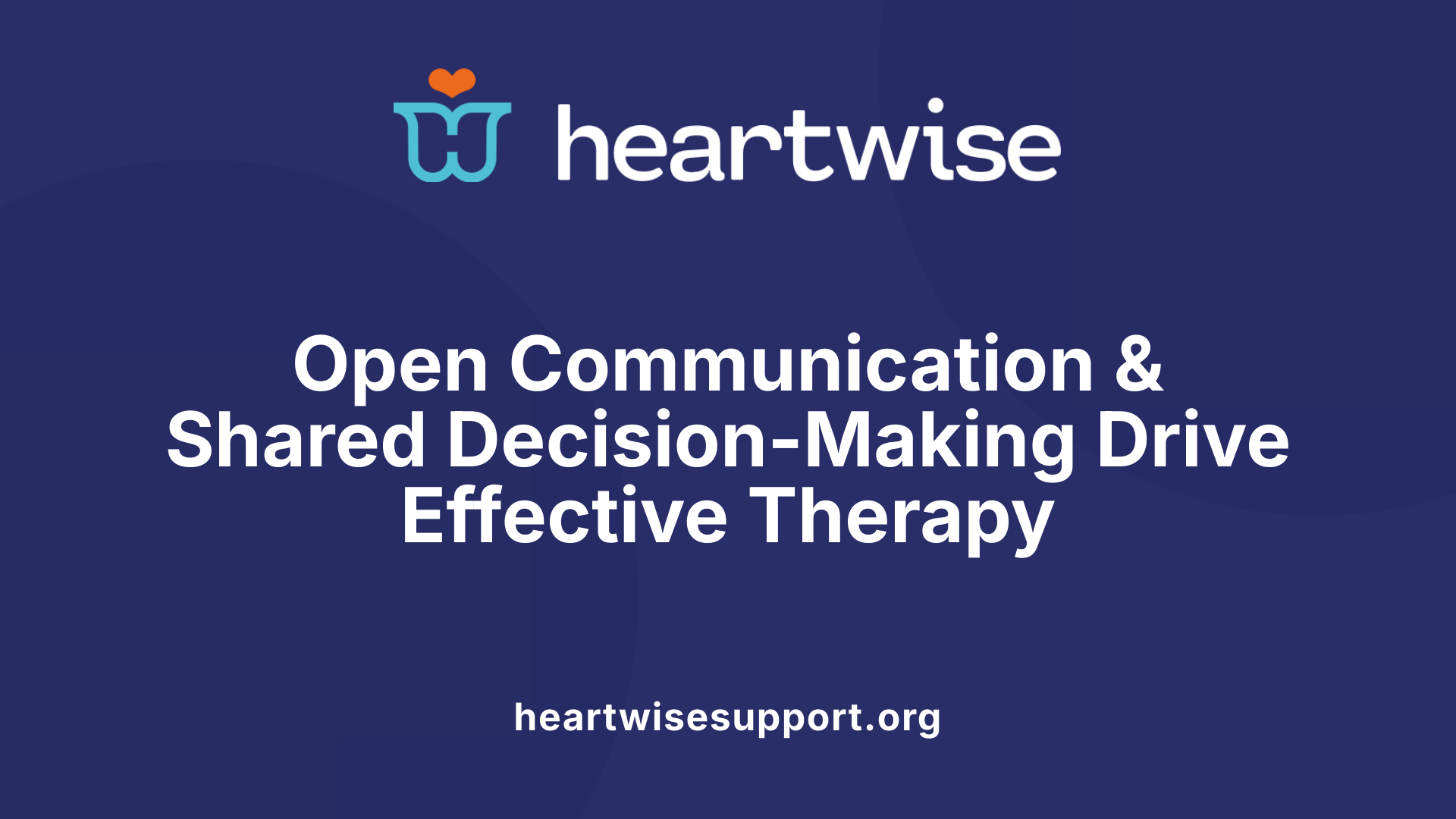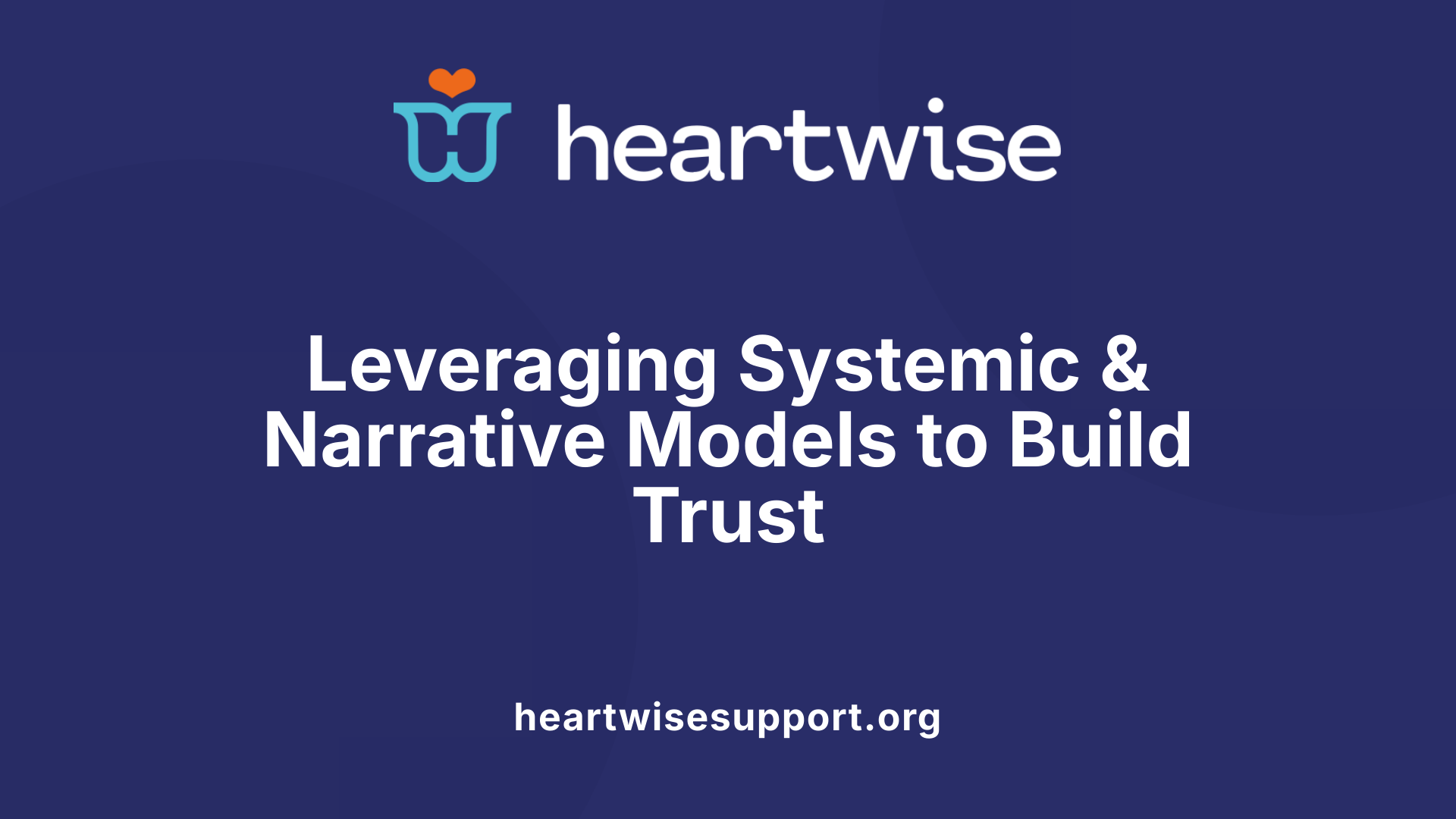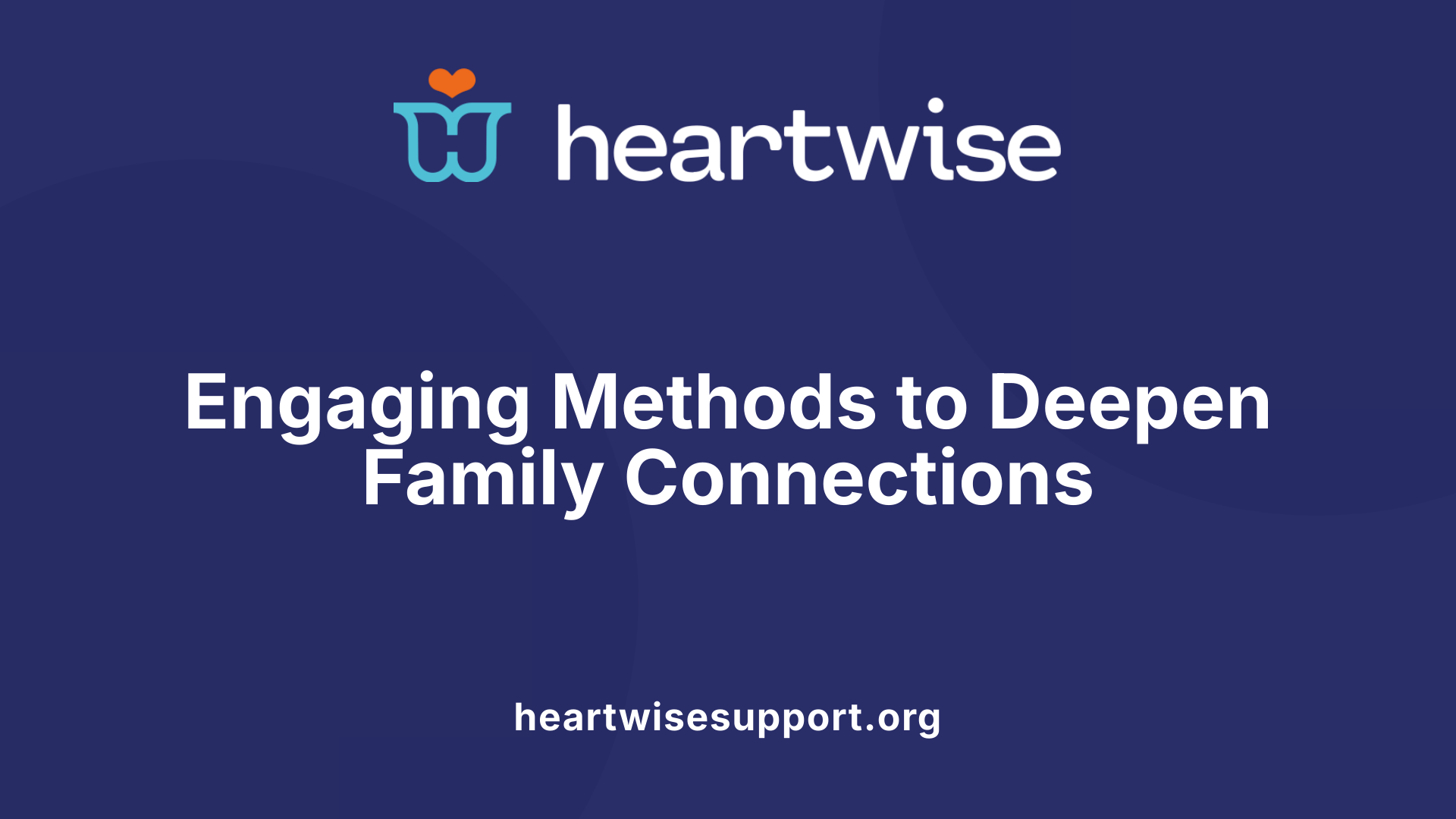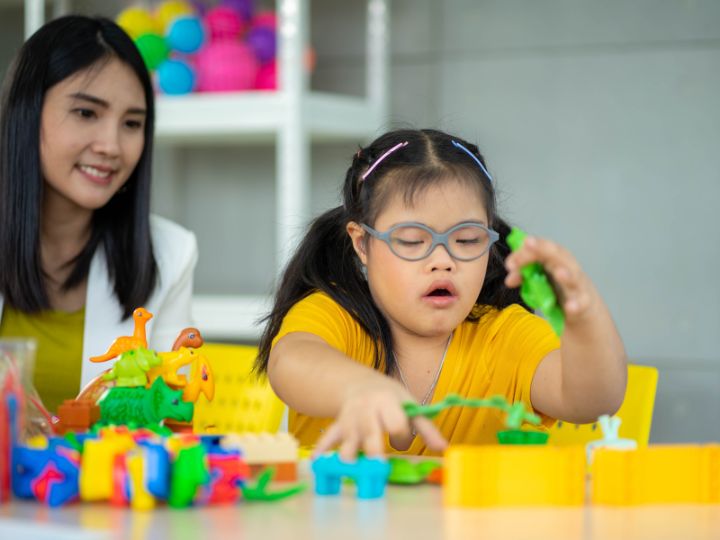An Overview of Effective Family-Therapist Partnerships
Building strong, effective partnerships between families and therapists is foundational to successful family therapy. These collaborations hinge on mutual respect, open communication, and shared goals, which foster environments conducive to healing and growth. This article explores diverse strategies, principles, and models that underpin effective partnerships, highlighting techniques to enhance engagement, trust, and cooperation across various family therapy frameworks.
Core Principles of Family-Therapist Collaboration

What are the key principles underlying effective family-professional partnerships?
Building successful relationships between families and therapists is fundamental for effective family therapy. The core principles revolve around mutual respect, trust, and open communication. These elements create a safe space where families feel valued and understood, and professionals can work collaboratively alongside them.
Mutual respect involves recognizing the unique strengths, cultural backgrounds, and experiences each family member and therapist brings. It emphasizes valuing family expertise about their own lives and perspectives, fostering an environment of equality rather than hierarchy.
Trust is the foundation that enables families to share honest feelings and concerns. It is cultivated through consistent, transparent interactions and by therapists demonstrating genuine empathy and openness.
Open communication ensures that information flows freely between all parties, facilitating clarity and understanding. Active listening and honest feedback help address misunderstandings early, making way for effective problem-solving.
Shared decision-making is crucial in therapy, empowering families to contribute their insights and preferences while collaboratively setting goals and strategies. This approach respects family autonomy and promotes motivation for continued engagement.
A family-centered approach prioritizes the family's needs, values, and circumstances in planning and implementing therapy. It encourages active participation and recognizes the family's role as an active partner in the process.
Overall, these principles—mutual respect, trust, open communication, shared decision-making, and family-centered focus—are instrumental in forming robust partnerships. Such relationships enhance cooperation, improve therapy outcomes, and help families develop resilience and confidence to handle future challenges.
Theoretical Foundations in Family Therapy: Minuchin's Structural Theory

What is the Minuchin family theory and how does it inform family therapy?
Salvador Minuchin's family theory, known as structural family therapy, emphasizes the importance of family structure, interactions, and organization in understanding family dynamics. It suggests that families are composed of various subsystems—such as parental, sibling, or spousal—that have their own boundaries and roles.
A central idea in Minuchin's approach is that healthy family functioning hinges on having clear, respectful boundaries and appropriately balanced hierarchies. Boundaries determine how family members interact, share, and disrupt roles—rigid boundaries may lead to emotional disengagement, while overly diffuse boundaries can cause enmeshment.
This model highlights the significance of subsystems and boundaries in shaping behavior and relationships. For example, healthy parental boundaries allow for effective guidance, while appropriate boundaries between parents and children foster independence.
Family therapists trained in Minuchin's model use specific techniques to analyze and modify these structures. They often employ strategies such as joining—to build rapport—and mapping—to understand family interactions. Boundary setting and enactments are used to modify interactions and improve cohesion.
By restructuring unhealthy or rigid interaction patterns, family members develop more adaptive relationships, ultimately reducing distress. In therapy, this systematic focus on family structure helps resolve conflicts and promotes a balanced, functional family environment.
Understanding and modifying these structural elements enable families to enhance communication, establish trust, and develop healthy roles. Minuchin's theory has profoundly influenced family therapy by providing concrete methods for observing and transforming family interactions, leading to more cohesive and resilient family systems.
Family structure
Family structure refers to the organization of subsystems, roles, boundaries, hierarchies, and rules that govern family life. It influences how families adapt to change and respond to challenges.
Subsystems
These are smaller units within the family, such as parental, sibling, or spousal subsystems. Subsystems help organize roles and influence interaction patterns.
Boundaries
Boundaries define the degree of contact and independence between subsystems and individual members. They can be rigid, diffuse, or balanced.
Hierarchies
Hierarchies refer to the power and authority within the family, typically between parents and children, that should be clear and appropriate for proper functioning.
Techniques to restructure family interactions
Therapists use various methods, including:
| Technique | Purpose | Description |
|---|---|---|
| Joining | Building trust | Therapist adopts family’s style to create rapport |
| Mapping | Understanding roles and interactions | Diagramming family relationships and interactions |
| Boundary setting | Establishing appropriate limits | Modifying rigid or diffuse boundaries |
| Enactment | Acting out interactions | Facilitating new patterns through guided family activities |
These strategies help families reorganize their internal structure for better communication and support, fostering healthier, more adaptable relationships.
More information
Searching
Models and Frameworks Supporting Trust and Cooperation

What frameworks and models support understanding, cooperation, and trust between families and professionals?
Several therapeutic models and frameworks serve to strengthen trust, understanding, and collaboration between families and professionals. These frameworks are foundational in creating a safe, respectful environment conducive to effective therapy.
Systemic models such as Structural Family Therapy, Bowenian Family Therapy, and general Systemic Family Therapy focus on the interconnected patterns within family systems. These approaches emphasize understanding boundaries, hierarchies, and multigenerational influences that shape family dynamics. By addressing these systemic factors, therapists foster a shared understanding that builds trust and facilitates cooperative problem-solving.
Narrative Family Therapy and Solution-Focused Brief Therapy promote a collaborative storytelling process. Narrative therapy encourages families to externalize problems, viewing issues as separate from individuals, which reduces blame and promotes shared goals. Solution-focused therapy concentrates on positive outcomes and strengths, empowering families to visualize and achieve desired changes through collaborative dialogue.
Emotionally Focused Therapy (EFT) centers on attachment theory, emphasizing emotional processes that underpin trust and intimacy. EFT helps families explore and reinforce emotional bonds, creating a secure foundation for cooperation and understanding.
Complementing these models is the 'Collaborative Helping' framework, which integrates principles from multiple approaches including motivational interviewing, appreciative inquiry, and social constructionist strategies. This framework underscores partnership, where families and professionals work together as equal partners. It promotes culturally responsive practices, values family expertise, and encourages shared exploration of issues.
Together, these models highlight techniques like mutual goal setting, active listening, empathy, and respectful engagement. They recognize that building trust involves understanding families' unique contexts, fostering open communication, and respecting cultural differences. By employing these frameworks, professionals can create a collaborative environment that promotes ongoing cooperation, respect, and effective intervention.
Activities and Techniques for Strengthening Family Bonds

What methods and activities used in family therapy can strengthen relationships?
Family therapy employs a variety of engaging methods and activities designed to improve communication, build trust, and deepen empathy among family members. One common approach is holding open communication sessions where members are encouraged to express their needs and feelings openly and safely.
Role-playing exercises are also widely used. They allow family members to practice new ways of interacting, solve conflicts creatively, and understand each other’s perspectives better. Reflective responses, especially "I" statements, help individuals articulate their feelings without blame, fostering respectful dialogue.
Creative activities such as art and expressive therapies are highly beneficial. For example, drawing or sculpting emotions can help members communicate feelings that are difficult to put into words. Mirroring activities—where family members reflect back what they hear—enhance active listening and validate each other's experiences.
Using genograms—a visual family tree that shows relationships and patterns—helps families explore intergenerational influences. Structural therapy techniques, on the other hand, focus on identifying and restructuring dysfunctional relationship boundaries.
Other activities include sharing personal stories in a structured setting, which promotes understanding and empathy. Emotional regulation tools and boundary-setting exercises teach family members how to maintain healthy limits and foster mutual respect.
Lastly, empathy-building games and exercises, such as imagining others’ perspectives or engaging in collaborative problem-solving, nurture compassion and cooperation. When combined, these diverse strategies create a supportive environment for families to strengthen their relationships, resolve conflicts more effectively, and develop lasting bonds.
Enhancing Communication and Collaboration Techniques
What techniques and approaches can enhance collaboration and communication?
Improving communication and cooperation within families is essential for effective therapy. Therapists adopt various strategies rooted in family systems and structural approaches. These include tools like genogram mapping, which explores family history and relationships, and circular questioning, which offers different perspectives on family interactions.
Active listening is a cornerstone technique, where the therapist and family members fully engage, reflect, and validate each other's feelings. Employing empathy through reflective responses helps build trust and mutual understanding.
Reframing interactions involves shifting negative or critical conversations into more positive, solution-focused dialogues. This approach helps family members see issues from new angles and encourages constructive communication.
Family systems tools such as role-playing exercises allow members to practice healthier ways of expressing themselves and resolving conflicts. Communication exercises like assertiveness training and nonviolent communication foster clarity and respect in dialogues.
Therapists often facilitate family meetings, set clear boundaries, and use engaging activities like family art projects or storytelling to promote openness. Maintaining a focus on family strengths and shared goals encourages collaboration.
Flexibility and authenticity in a therapist’s behavior foster a safe environment, making family members more willing to participate and invest in the process.
In summary, techniques such as systemic questioning, active listening, empathetic reframing, and targeted communication exercises serve to strengthen dialogue, facilitate understanding, and promote long-term relational health.
Building Collaborative and Trusting Relationships
How can therapists and families build collaborative therapeutic relationships?
Developing a strong partnership between therapists and families is fundamental to effective family therapy. This process begins with establishing open and honest communication, which creates a foundation of trust and mutual respect. Therapists strive to understand each family member's perspective through techniques like reflective listening and empathy, ensuring that everyone feels heard and validated.
Mutual respect involves recognizing the family’s strengths and goals, actively involving them in decision-making, and being flexible to accommodate their unique needs. Incorporating family strengths across individual, family, peer, school, and community systems helps motivate families and reinforces positive change.
Family involvement is crucial; therapists encourage participation by setting clear goals, providing continuous feedback, and acknowledging progress. Preparing families for potential disengagement and managing obstacles proactively help sustain engagement throughout therapy.
Flexibility in scheduling and session formats also supports ongoing collaboration, accommodating family dynamics and schedules.
Overall, adopting a systemic, family-centered approach that emphasizes shared goals, ongoing dialogue, and authentic therapist behavior fosters trust. This creates a supportive environment where families feel empowered and motivated, ultimately leading to successful therapeutic outcomes.
Practical Strategies to Improve Engagement and Sustainability
How can therapists and families improve engagement and participation?
Building a strong, trusting relationship between therapists and families is the foundation for effective family therapy. Therapists should emphasize consistent, open communication and demonstrate cultural sensitivity to make families feel respected and understood. Addressing practical obstacles—such as scheduling conflicts, transportation issues, or financial constraints—can make it easier for families to attend sessions regularly.
Psychological resistance and negative beliefs about therapy are common barriers that can prevent engagement. To counter this, therapists might use motivational interviewing techniques or family systems approaches to boost motivation and commitment.
Involving family members in treatment planning helps ensure that everyone feels involved and invested in the process. Providing psychoeducation about therapy’s benefits and setting clear, collaborative goals foster shared responsibility.
Strategies like tailored support, ongoing progress monitoring, and cultural adaptations further sustain engagement over time. Building a positive therapeutic alliance, where families see therapy as a safe space for growth and support, encourages active participation.
Overall, combining practical measures with a focus on relationship-building and personalized support enhances the family’s ongoing commitment to therapy and promotes positive outcomes.
Conclusion: The Path to Effective Family-Therapist Partnerships
Building strong family-therapist partnerships is essential for successful therapy outcomes. This involves creating collaboration based on mutual respect, open communication, and shared goals. Establishing trust through honesty, consistency, and cultural sensitivity encourages families to actively participate and engage throughout the process.
A systemic, family-centered approach ensures that all family members feel valued and understood, increasing the likelihood of positive change. Therapists use strategies such as reflective listening, empathy, and managing communication styles to foster a supportive environment.
Ongoing commitment from both sides—families and therapists—helps sustain engagement and adapt to evolving needs. Regular feedback, flexibility in interventions, and active involvement in decision-making contribute to building trust and achieving long-term benefits.
In summary, effective partnerships are cultivated through continuous dialogue, shared responsibilities, and genuine respect, forming a foundation for transformational family therapy experiences.
Fostering Long-Term Growth and Resilience
In conclusion, building effective partnerships between families and therapists is pivotal for successful outcomes in family therapy. It involves principles of mutual respect, open dialogue, cultural sensitivity, and systemic understanding, supported by models like structural, Bowenian, and narrative therapies. Employing a range of activities—from genograms and storytelling to communication exercises—can strengthen bonds and foster understanding. Commitment to ongoing engagement, adapting strategies, and maintaining transparency ensure that these partnerships lead to lasting improvements in communication, trust, and emotional resilience. The journey toward genuine collaboration requires dedication, flexibility, and a shared focus on family strengths, ultimately fostering healthier, more cohesive families equipped to navigate future challenges.
References
- Collaboration in Family Therapy - PMC
- 23 Family Therapy Techniques to Strengthen Your Relationships
- Effective communication strategies for family therapy sessions
- 5 Key Strategies for Cultivating an Effective Partnership with Your ...
- How to Build Strong Family-Professional Partnerships | Illinois Early ...
- Effective Family Therapy Techniques - Water's Edge Counseling
- 10 Family Therapy Activities For Building Relationships
- Building Partnerships with Families | Functional Family Therapy











